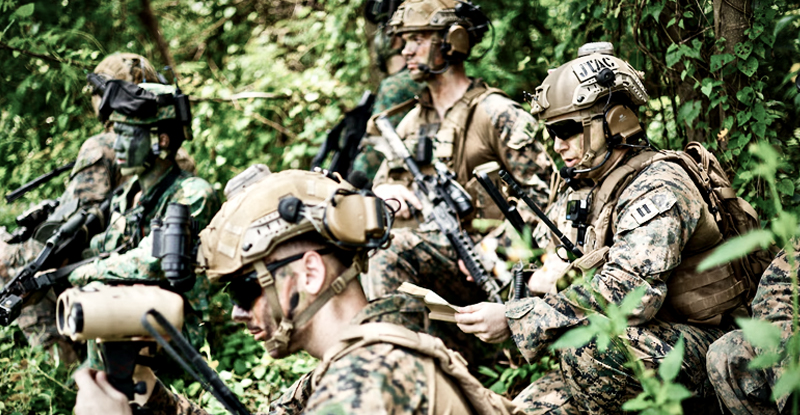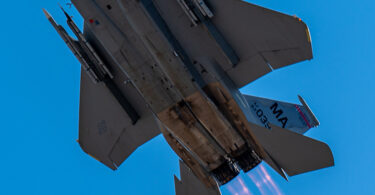By Elaine Donnelly
President, Center for Military Readiness
The Center for Military Readiness (CMR) applauds Secretary of Defense Pete Hegseth’s call for high, uncompromised standards in combat arms units such as the infantry.
Hegseth’s March 30 Memorandum should be implemented without equivocation or distractions related to percentage-based diversity, equity, and inclusion (DEI) quotas, which President Trump has prohibited with several Executive Orders.
CMR has prepared this 4-page summary of ways to support both men and women in the military with priorities focused on combat effectiveness, not individual careers:
- CMR Policy Analysis: Contemporary Information About Women in Combat Policies
Major points that are key to understanding this issue are summarized in the CMR Policy Analysis above:
—Definitions Matter: Direct ground combat arms (DGC) units such as the infantry and Special Forces seek out and attack the enemy with deliberate offensive action.
—Physical demands in close combat units typically are greater than requirements for units and MOSs that serve ‘in harm’s way’ in war zones. Units attacked by the enemy fight back and return to base, but their mission is not to engage in deliberate offensive action.
—In 2015, Defense Secretary Ashton Carter disregarded three years of scientific research, field tests, and data confirming significant physical differences between male and female volunteers performing combat-simulating tasks.
—These results supported a request from Marine Commandant Gen. Joseph Dunford to keep some close combat units all-male. Secretary Carter ignored the Commandant’s rational request and opened all close combat positions to women for purposes of “equity.”
—Carter also promised to maintain sex-neutral (identical) training standards for the combat arms, but that promise proved impossible to keep.
—The more challenging 6-event Army Combat Fitness Test (ACFT) was supposed to have sex-neutral (identical) requirements and scoring systems for men and women. However, due to high failure rates among female trainees, officials removed the most demanding elements of the ACFT and reinstated sex-normed (different) standards.
DoD contractor RAND acknowledged in its December 2024 report that tougher standards for combat arms units “may be too high to achieve the Army’s desired pass rates for various ‘subgroups’ (the largest being women).
These realities shattered unrealistic theories about sex equality in the combat arms. This is why Secretary Hegseth is correct in directing the various services to clearly define combat arms occupations. These roles, as Hegseth noted, demand exceptional physical capabilities such as the ability to carry heavy loads over long distances in austere, hostile environments.
As Secretary Hegseth stated in his Memo:
“Service members in these roles must exhibit speed, strength, agility, and endurance to navigate the demands of combat situations. . . Sustained peak physical performance is essential to execute missions of the highest stakes across diverse and challenging terrains.”
No one questions the courage and commitment of women and men who serve “in harm’s way” in war zones, but their missions are not the same as direct ground combat occupations that require tougher training.
All branches of the service should produce honest evaluations of entry-level and advanced training requirements needed in close combat units and MOS’s. Officials also should determine realistic requirements for other troops who must be prepared for wartime contingencies or hostile incidents while serving ‘in harm’s way.”
* * * * * *
The Center for Military Readiness (CMR) is an independent public policy organization that reports on and analyzes military/social issues. To request more information or arrange an interview, CMR President Elaine Donnelly can be reached at elaine@cmrlink.org.
Secretary of Defense Directed Review of Physical Fitness Standards for Combat Arms Occupations








Leave a Comment